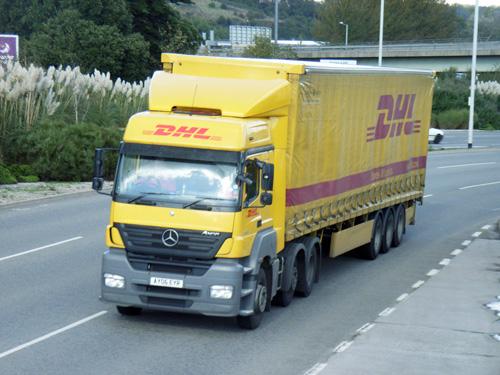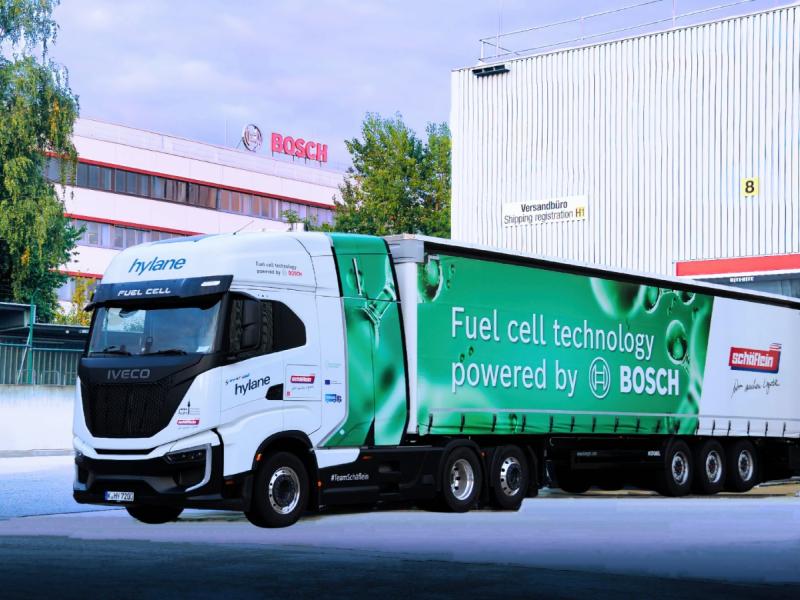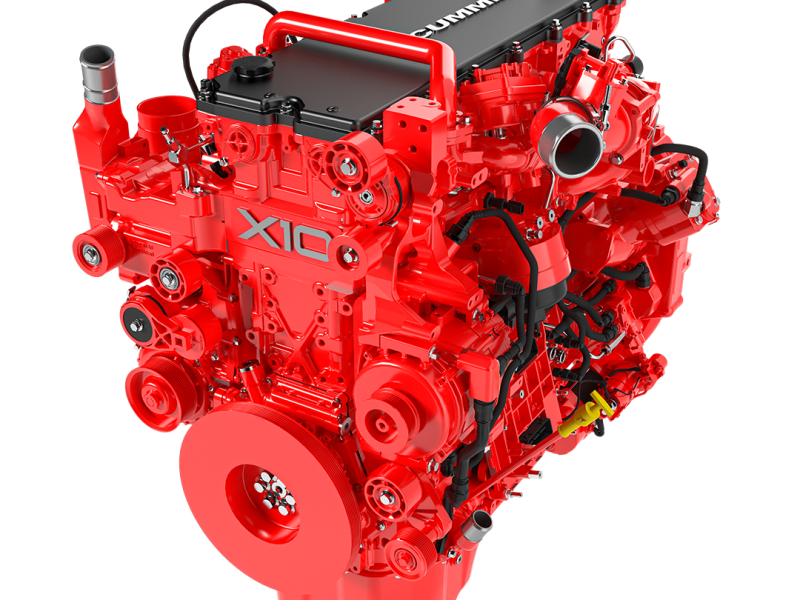New RUC OK with transport operators – report
An evaluation of the Ministry of Transport’s new Road User Charges system by consultants Allen + Clarke has found that most users like the system as they find it simpler to work with and easier to understand than the previous system.
This is mostly because operators no longer have to nominate a weight for purchasing RUC,
and because they no longer need to use supplementary or time licences.
What’s more, it’s harder for diesel vehicle operators to dodge RUC under the new system, this could in the long run leader to lower charges for everybody.
“Under the previous system it was estimated that $30-million worth of RUC wasn’t paid for each year, largely due to operators purchasing RUC at a weight lighter than their actual load,” says the report.
“As a result, the RUC rates were higher for all operators to compensate for that lost revenue.
The change to fixed RUC rates was intended to make it harder for operators to avoid paying their share of RUC and to remove the subsidy that compliant operators paid to evaders.”
However, the report stated that there were some changes that operators found unclear, including their RUC liability when operating up to the 1.5-tonne Vehicle Dimension and Mass (VDAM) enforcement tolerance.
Some operators with combination licensed vehicles were uncertain about whether they
could decouple those vehicles, for example, to have them serviced.
The NZ Transport Agency has since published a position statement on “Assessments for unpaid RUC in respect of overweight vehicles”, which clarifies operators’ liability when operating within or over the VDAM weighing tolerance.
The Ministry has also amended the Road User Charges regulations to allow a towing vehicle with a combination licence to operate without a trailer when unladen.
The evaluation, which is the first stage of a three-part series, said cost savings for individual operators cannot yet be quantified, but there is potential for future savings.
Currently most individual operators have not gained any administrative cost savings because they use the same administrative processes now as they did before the changes.
There is also little evidence that operators are using their vehicles more efficiently due to the changes, or gaining direct savings as a result. This is generally because operators were already using their vehicles as efficiently as possible as a matter of good business practice.
Further, some operators pointed out that they cannot physically carry heavier loads because they carry goods that are light weight, but take up a lot of space.
The greatest factor for reducing administrative costs for operators appears to be the use of electronic RUC systems.
“The operators we spoke to,” says the report, “generally agreed that these significantly reduce the time spent on RUC administration. The move to fixed RUC weights has made electronic RUC more suitable because of removal of the need to manually nominate a vehicle’s weight for purchasing RUC, or a combination licence to operate without a trailer when unladen.”
The total revenue collected by the government has not increased because of the changes
“The changes to the RUC system were not intended to increase the total amount of money the Government collects from road users,” the report adds.
Instead, the changes sought to make it harder for individual operators to avoid paying their share of RUC.
The evaluation tested if this intention was achieved by comparing expected revenue per km by vehicle type, as determined at the time the new charges were set, to actual revenue. The initial data shows that the changes appear to be revenue neutral. This is something that will continue to be monitored and which will become clearer with more time, the report added.
The changes have had the greatest impact on operators of vehicles that carry light loads, especially when the loads are significantly lighter than the vehicle’s maximum legal weight.
This includes operators that carry “light and bulky” loads, such as furniture, groceries and courier items, or vehicles that have a high GVM but do not carry payloads, such as buses that have been converted into motorhomes.
“Most of these operators are paying more for their RUC than previously,” the report adds, “and for those that are unable to mitigate that cost by passing it on to clients, or to moderate the cost within a mixed fleet, the additional cost can be burdensome.
“It is anticipated that over time the market and the national vehicle fleet will adjust to lessen the burden on individual operators.”
The next cycles in the evaluation will consider the mid-term and long-term impacts of the changes, and will seek to identify any problems with the system that may require adjustment
New RUC OK with transport operators – report
New RUC OK with transport operators – report
Diesel Industry News
Tuesday, 04 March 2014






